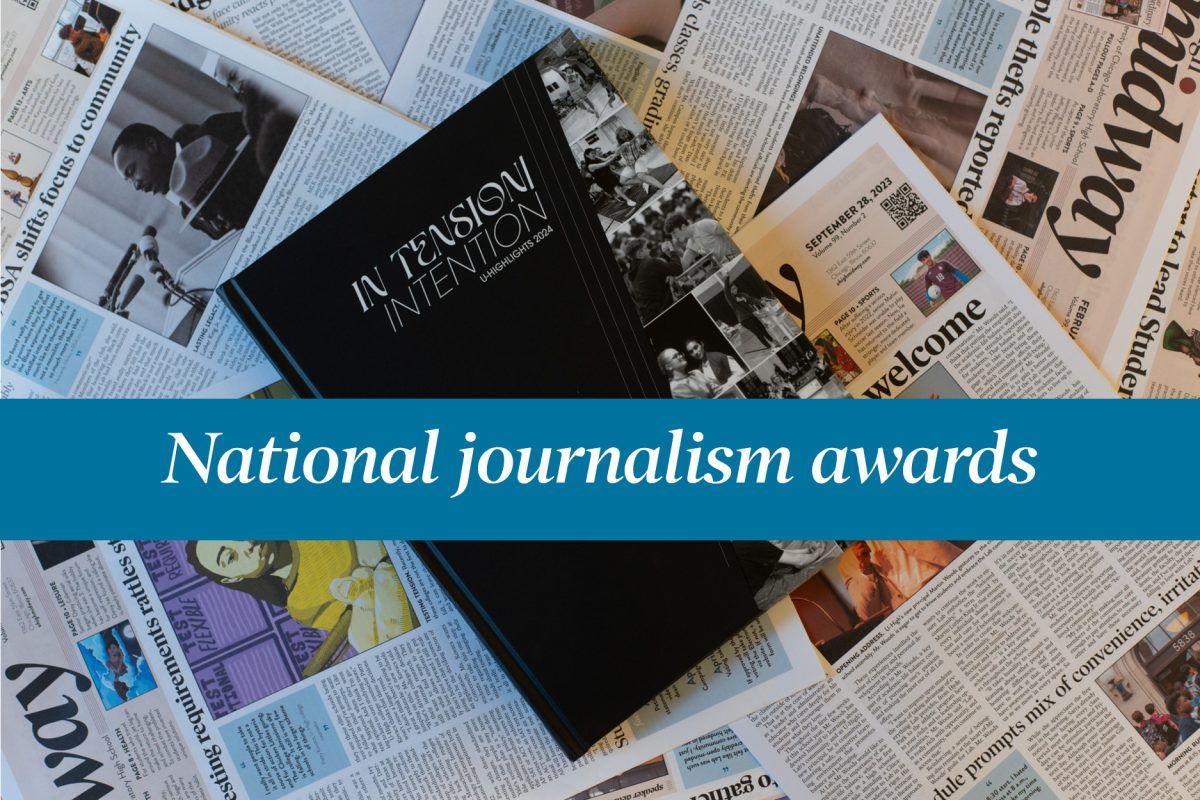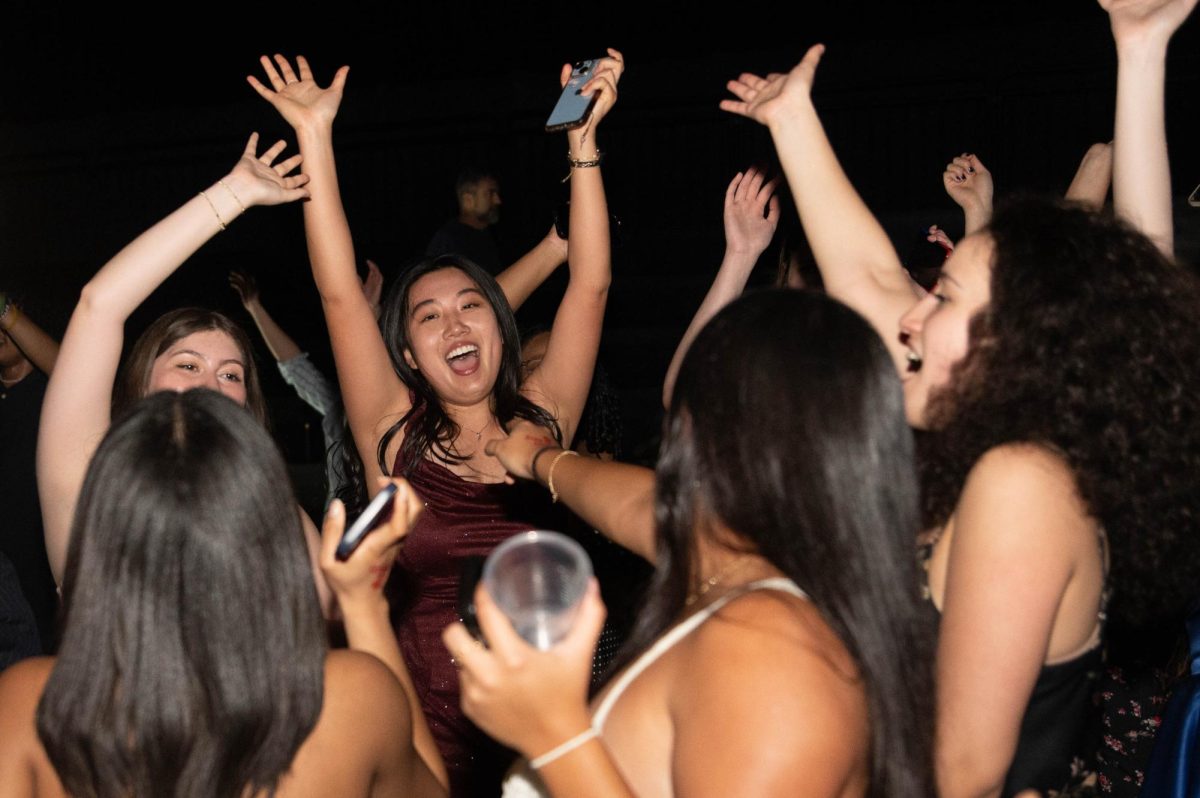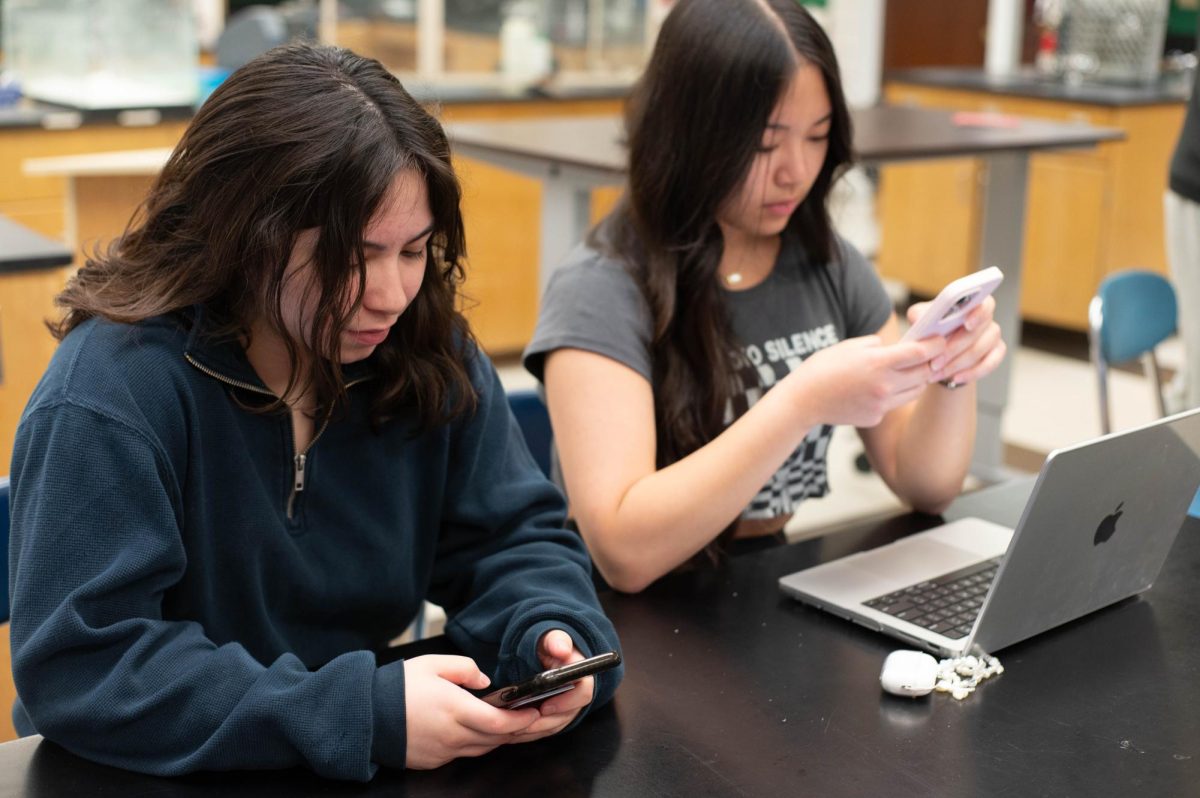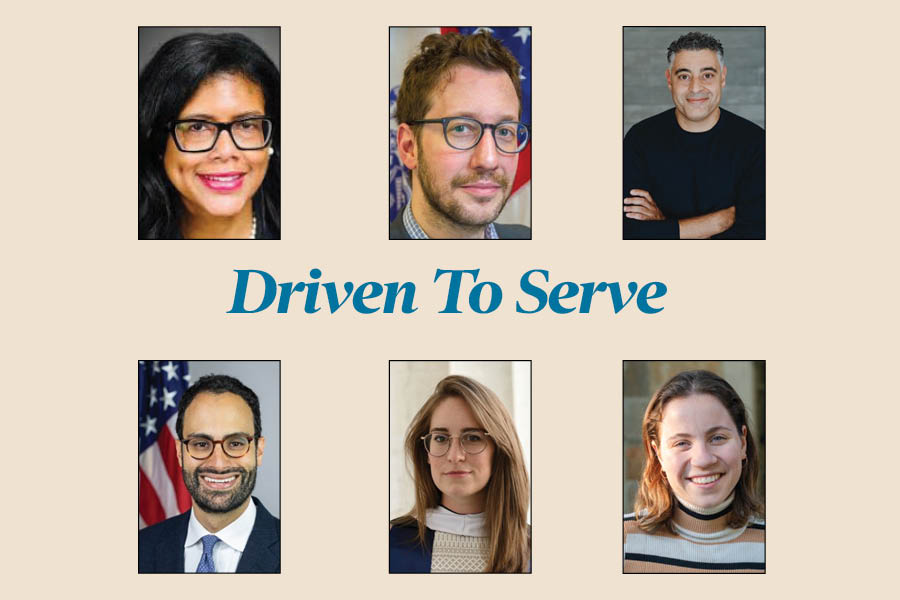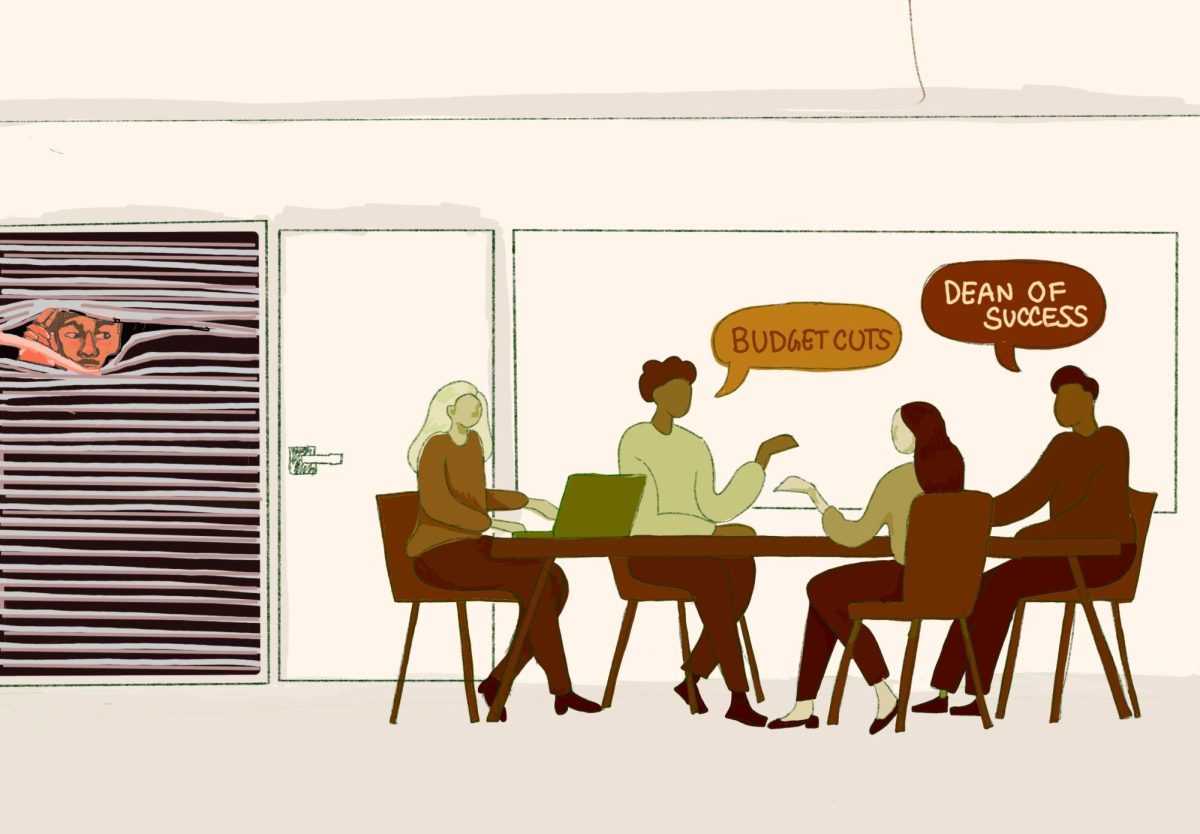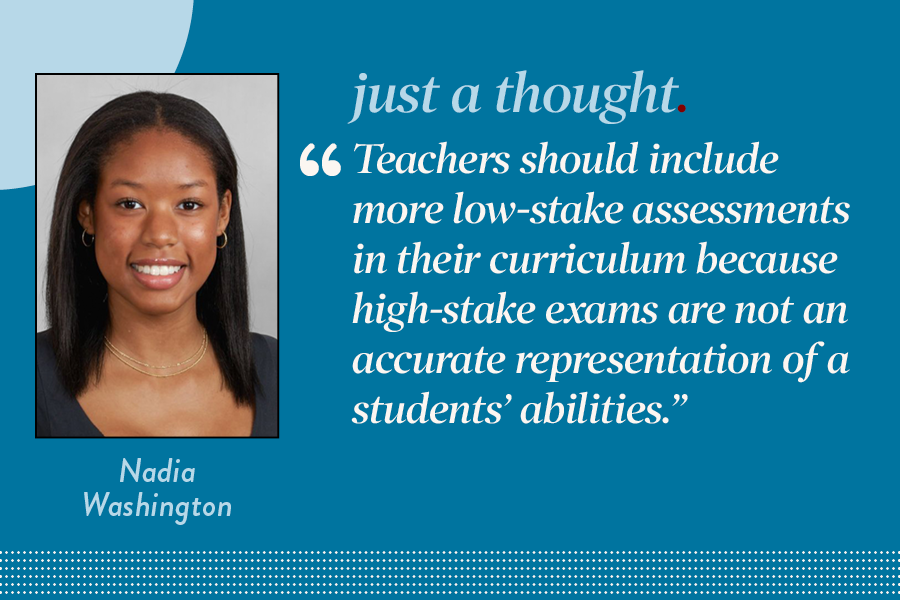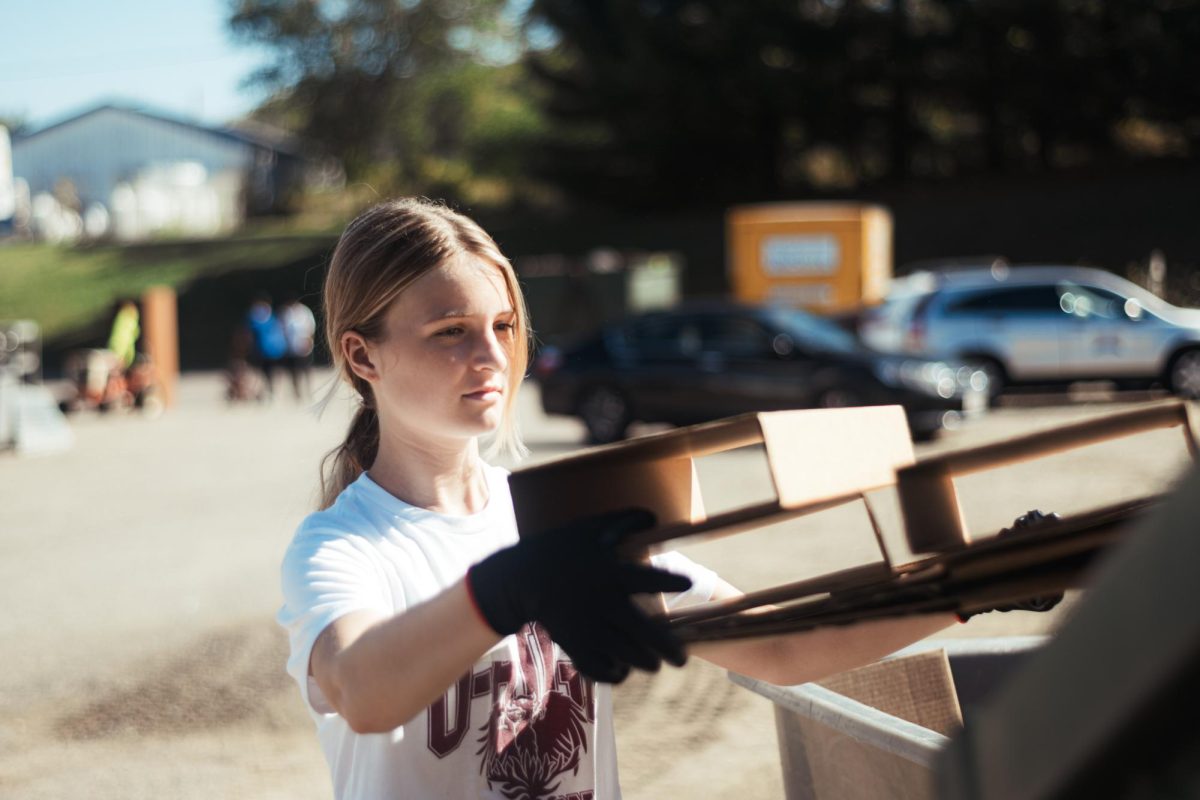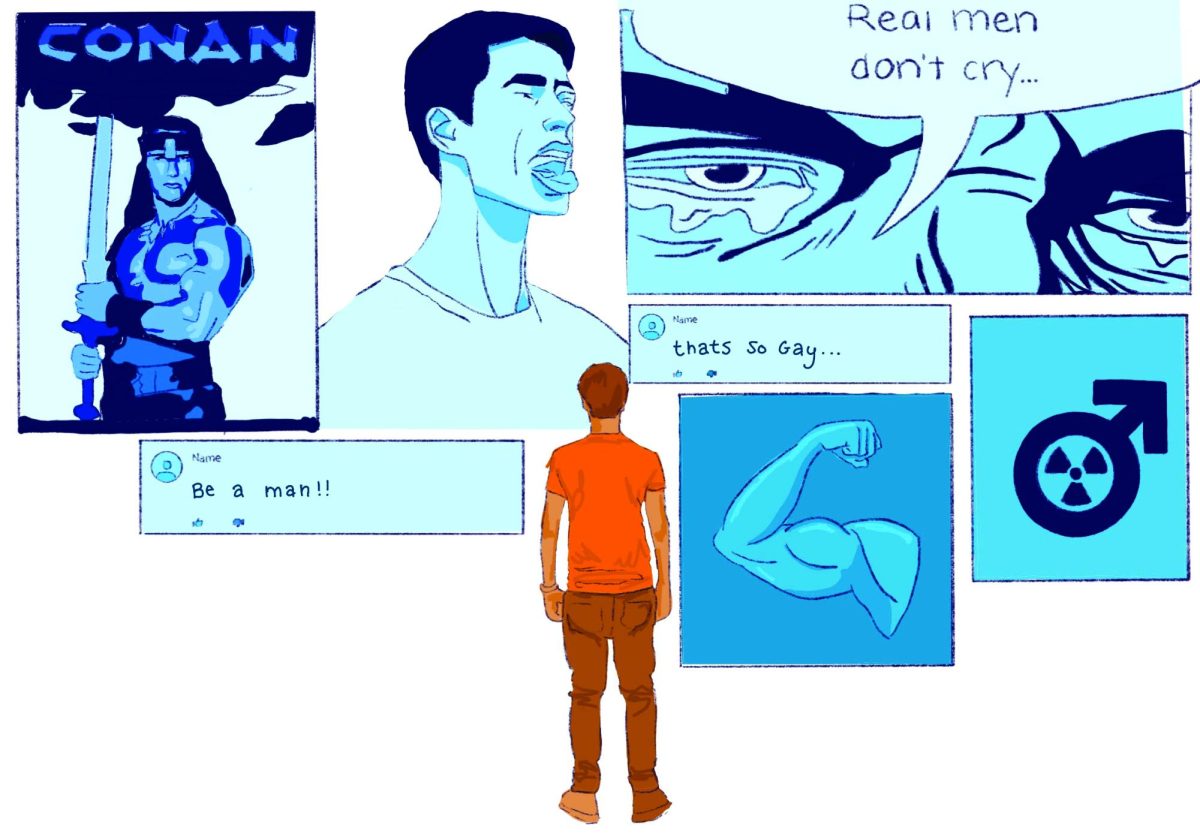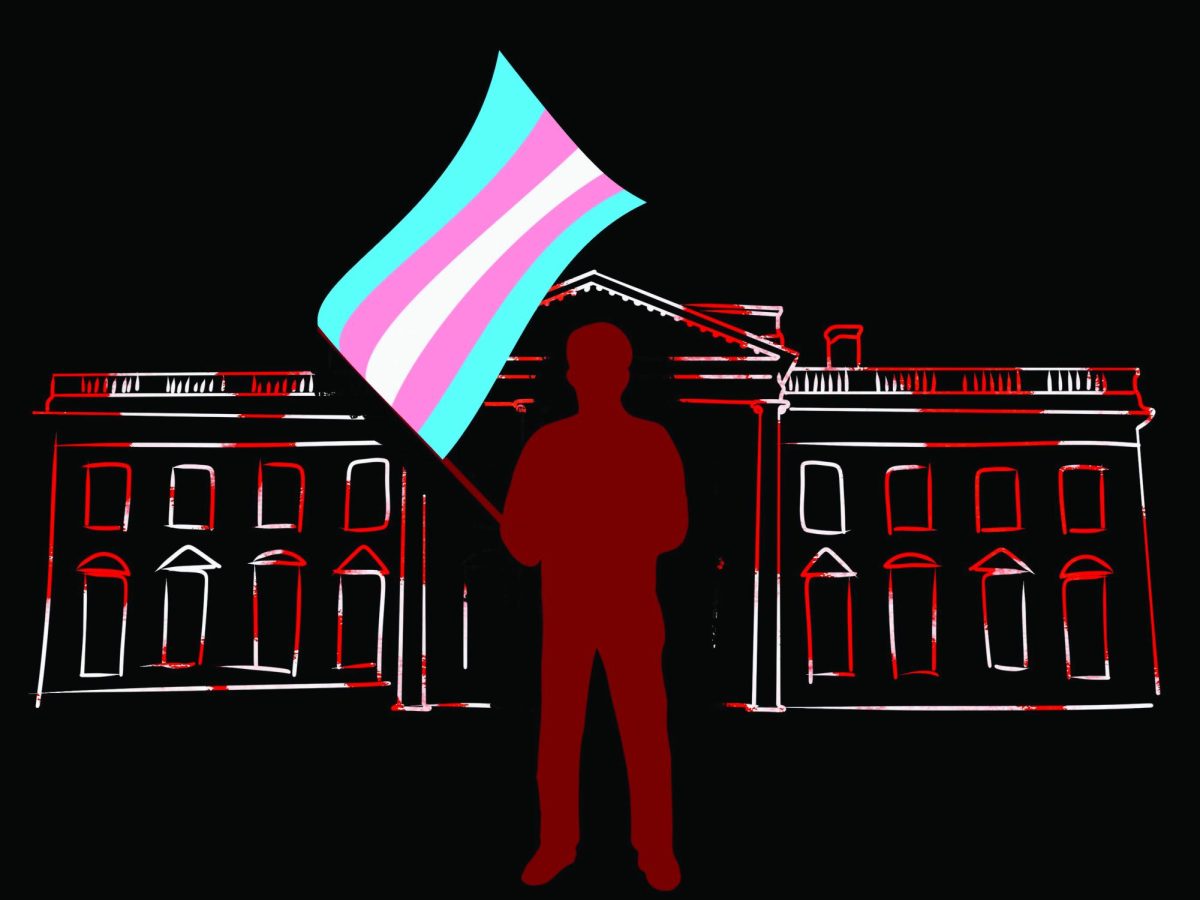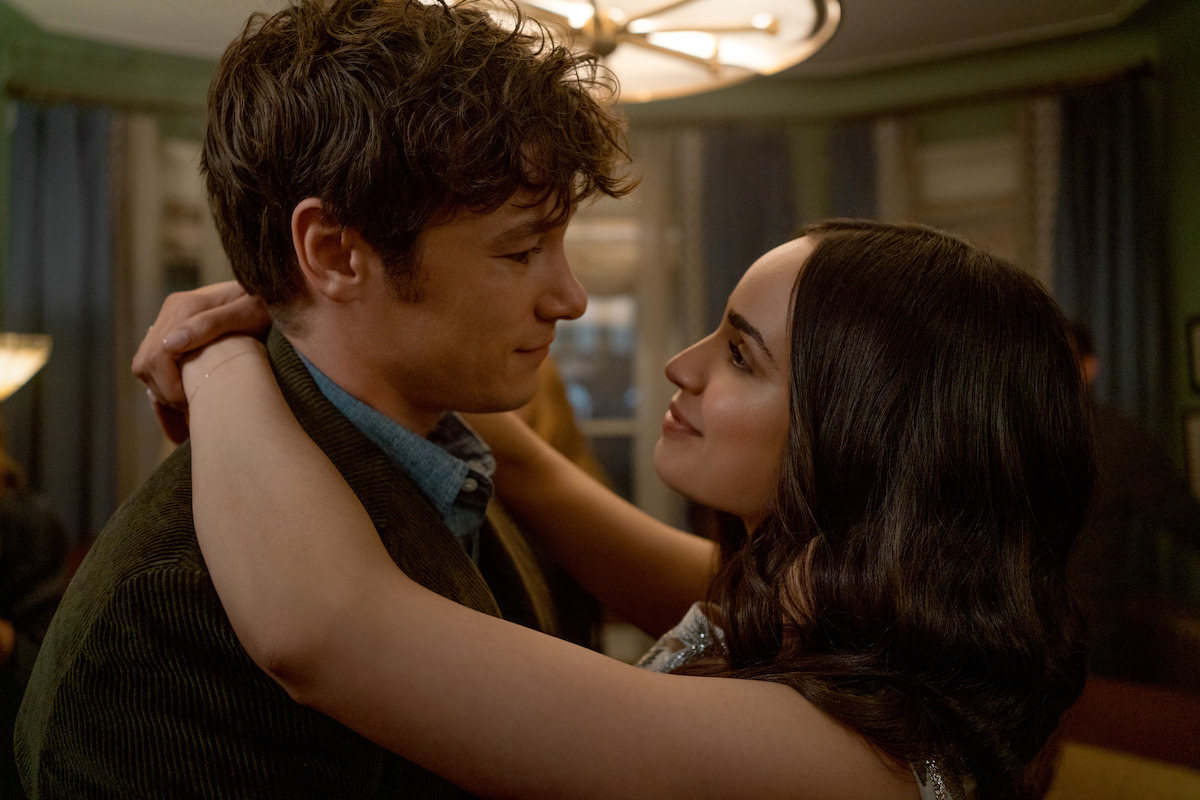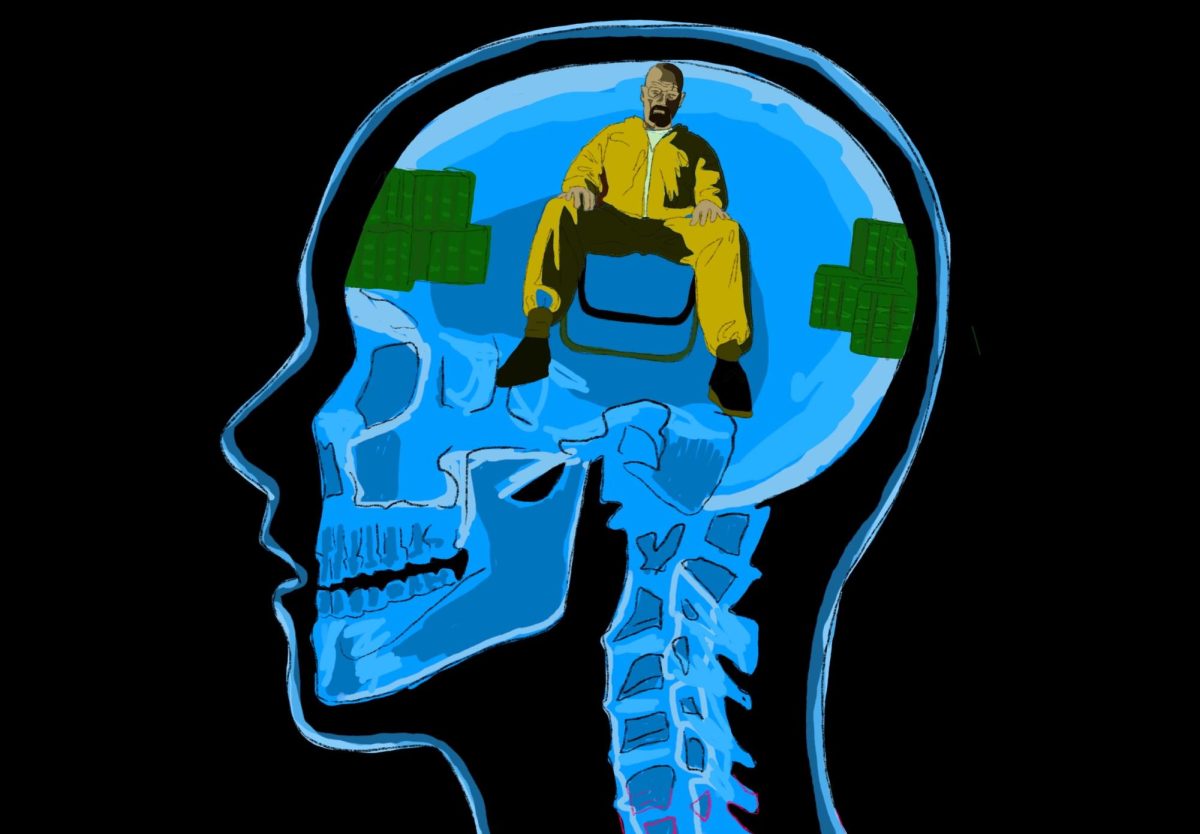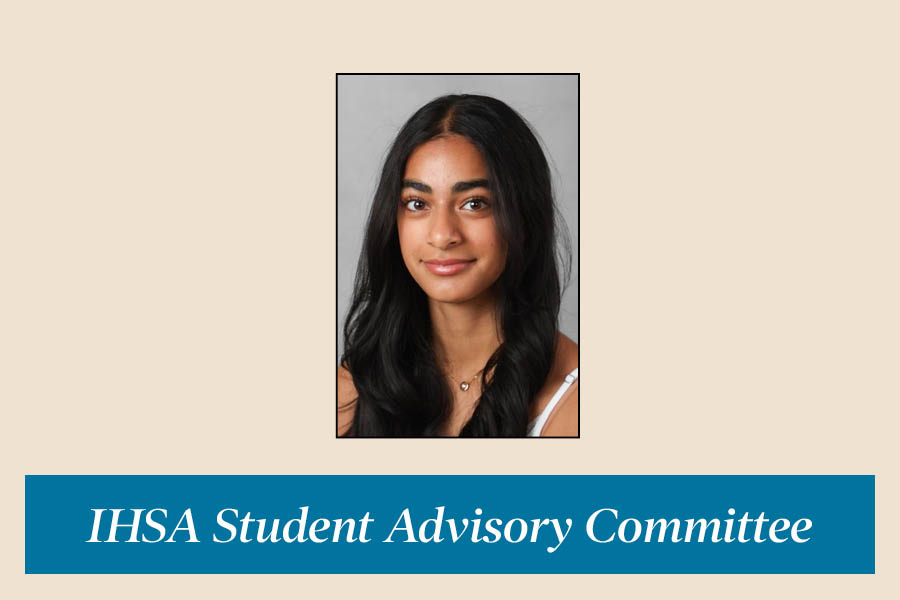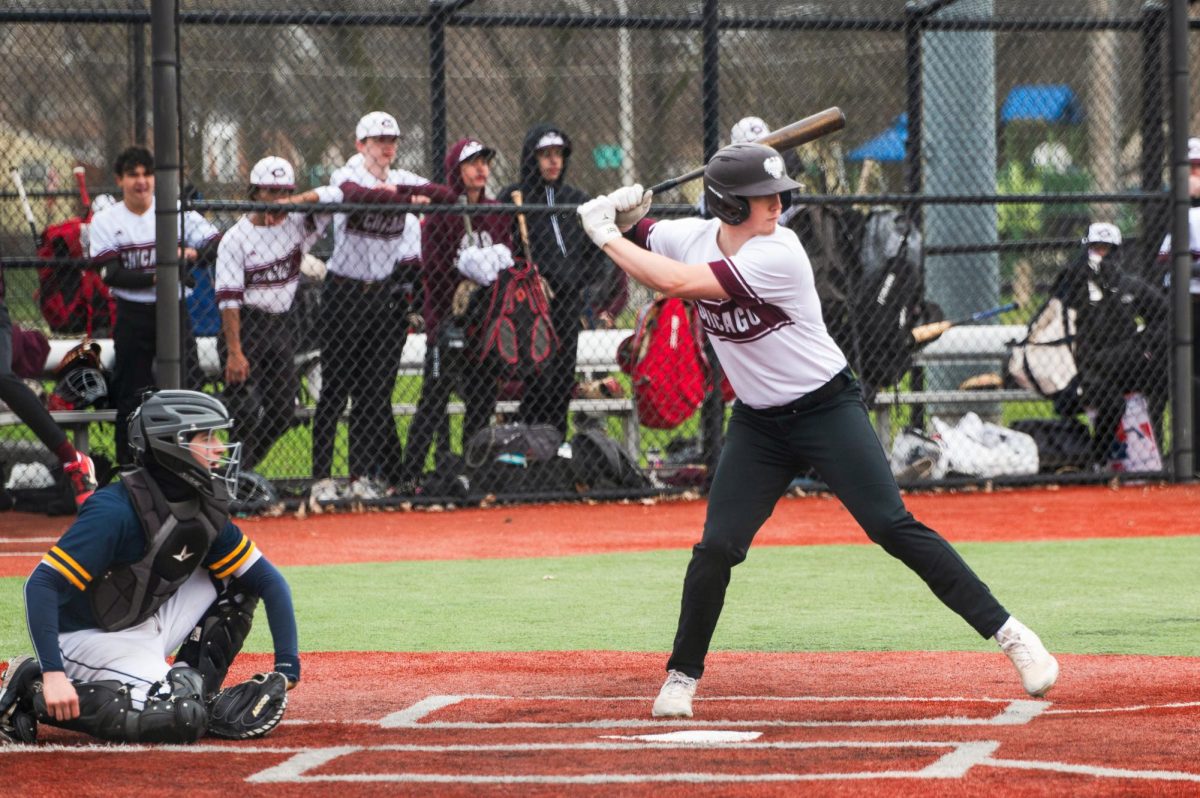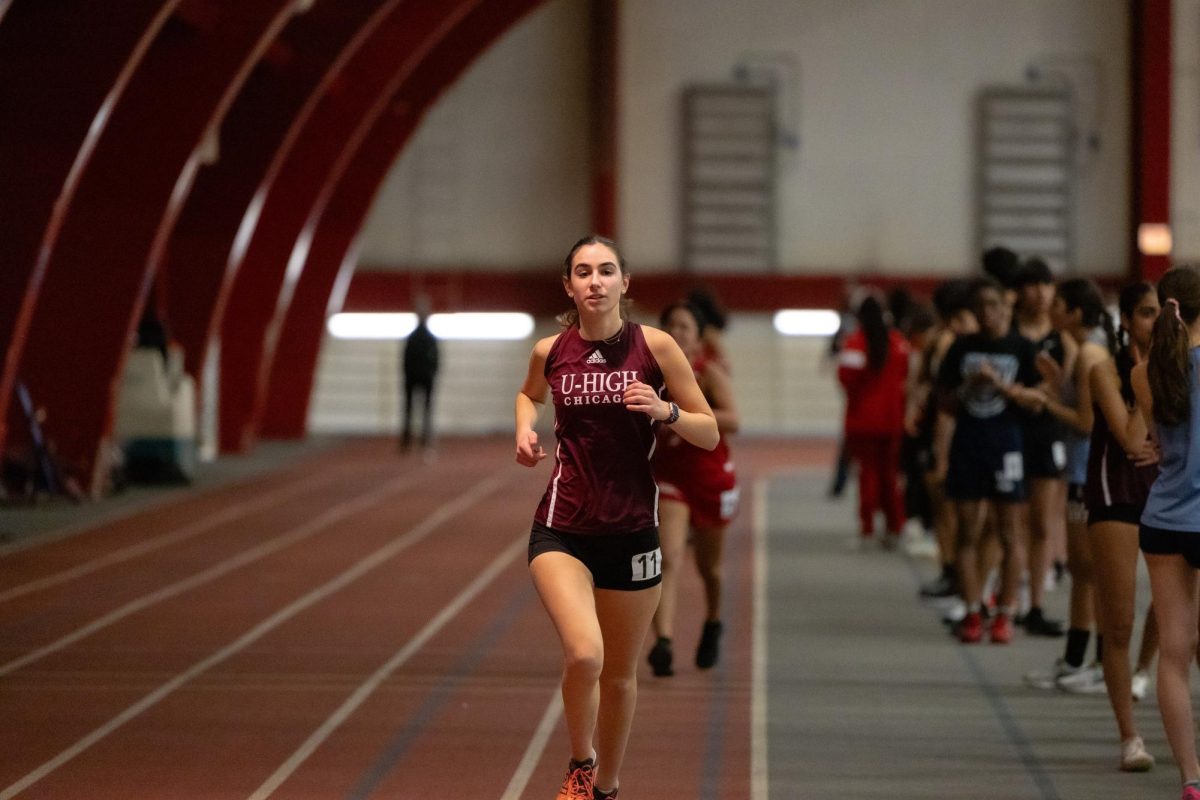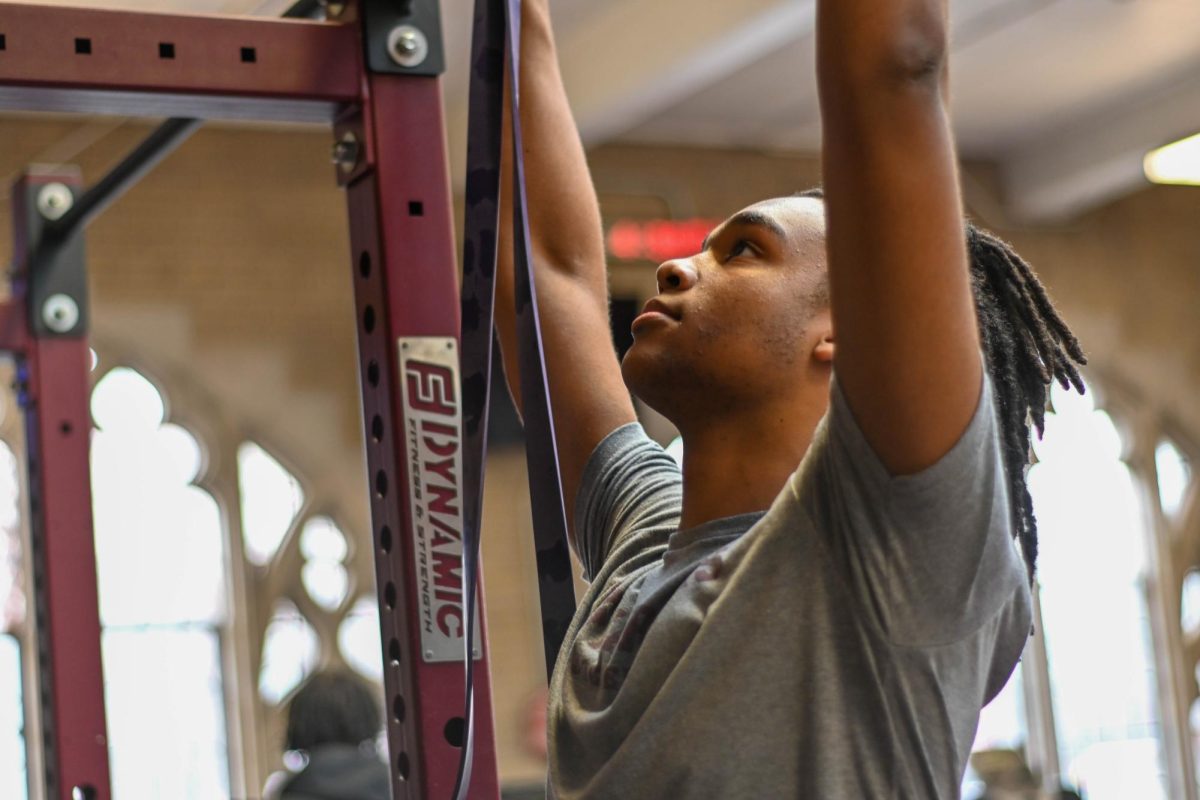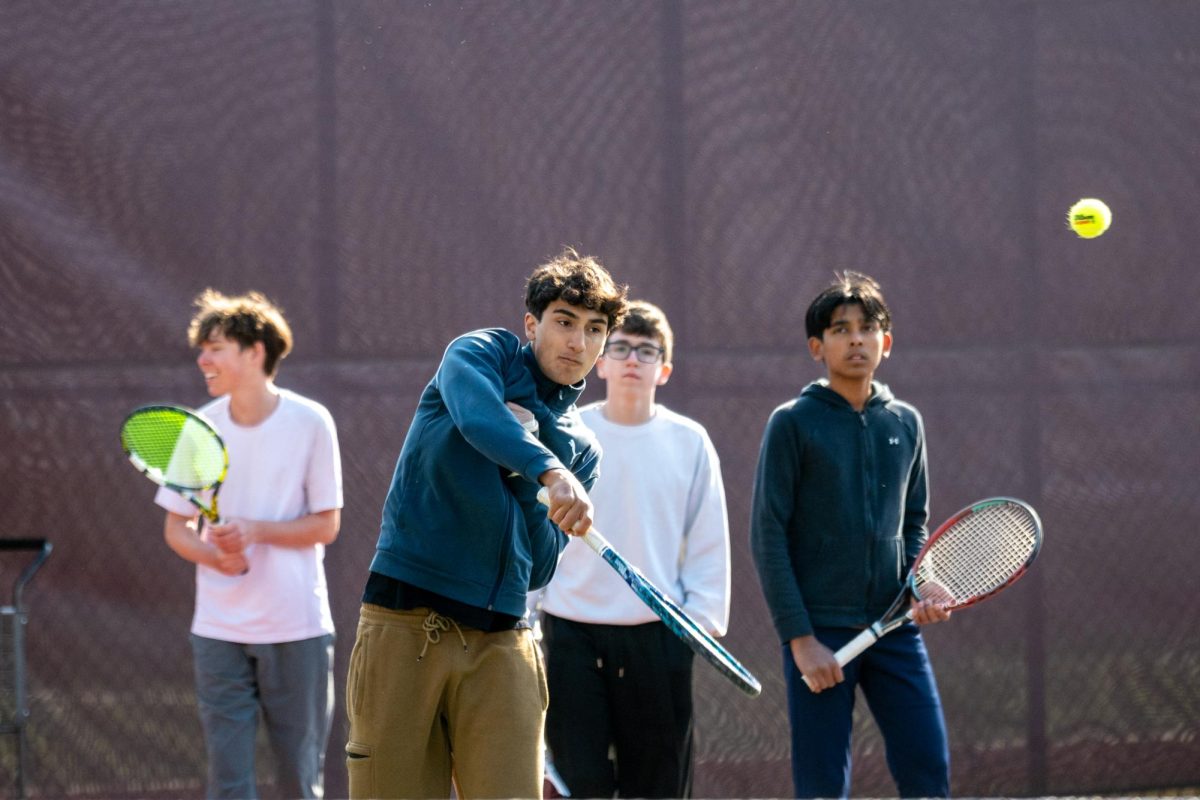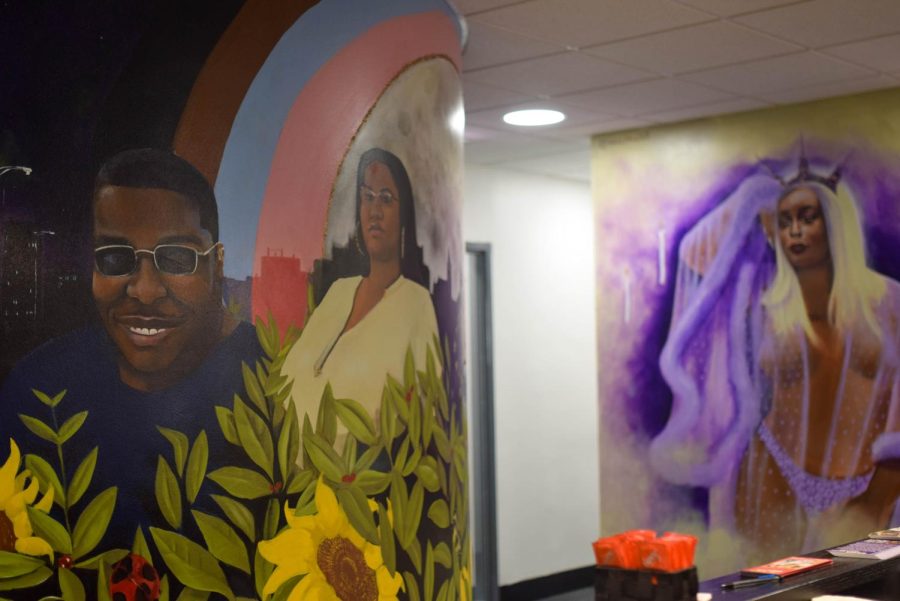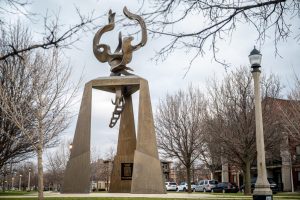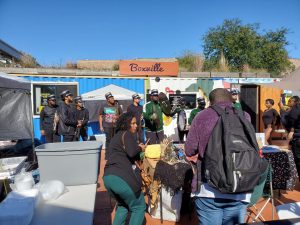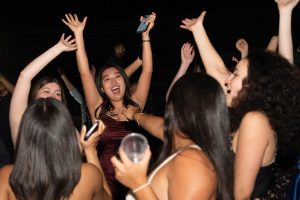Thriving: Brave Space Alliance uses mutual aid to provide for LGBTQ+ community of color
Located on 53rd Street in Harper Court, the Brave Space Alliance is a community led center for LGBTQ+ people of color on the South and West Sides to recieve support from people who look like them and share their experiences. The center aims to provide culturally competent support.
May 5, 2022
Stepping out of the elevator into the Brave Space Alliance’s Hyde Park building, visitors are met with a colorful mural, upbeat music floating through the air and people with friendly faces asking how they can help. Flyers advertise support groups for transgender individuals or game nights that will welcome everyone.
The Brave Space Alliance takes a community-driven approach, centering Black and Brown voices and experiences, as they work to empower queer and trans people of color through programming, resource-sharing and mutual aid.
Lesaia Wade launched the Brave Space Alliance in 2017, and the organization has been serving the South and West sides of Chicago since. Alongside the programming and resources, the Brave Space Alliance offers an opportunity to build community, according to Carbon Ratchford, the executive assistant to the Executive Director Wade.
“I think that these spaces are important because they provide a space for people who look like me and other people of color to connect and find community,” Ratchford said.
The programming at Brave Space Alliance is varied and culturally competent, which means it’s run by those who understand and share the perspectives of the people they work with. For example, the support groups are geared towards specific identities within the LGBTQ+ community — Boi Talk for transgender men or trans-masculine people, Rose Petals for transgender women or trans-feminine people and Fluid AF for nonbinary individuals.
“Our support groups are for us, by us,” Ratchford said. “They’re from facilitators who fit that demographic that are in the community, and they are community led and organized.”
The Brave Space Alliance often organizes events for its community in settings outside of the organization’s building. According to Ratchford, some members of the Boi Talk support group went on a camping trip and found it particularly helpful for connecting with each other.
“That was very healing and just to help them center themselves in their identities and to communicate with one another,” Ratchford said.
The Brave Space Alliance organizes its barber shop for trans-masculine people, so they can come in and get their hair cut and styled by a culturally competent barber, who’s going to be in a space that makes them feel safe, according to Ratchford.
“Because often in spaces of color, barber shops aren’t the most welcoming spaces for trans-identifying people,” Ratchford said, “and we want to create that kind of barber shop feel but in a welcoming and inviting and inclusive space.”
The Brave Space Alliance also does a lot of work with sharing resources given by the community.
“We believe that our community has all of the knowledge it needs to serve itself,” Ratchford said. “It’s just lacking the resources, but our community knows what it wants. It knows what it needs to get to — not only survive but thrive.”
The Brave Space Alliance provides necessities such as food along with gender-affirming rooms with clothes and materials to help their community feel more comfortable in their bodies. The rooms extend beyond just offering charity. They offer a space for transgender individuals to find what they need in a safe, welcoming, and informed environment that they may not find in spaces designed for the general public.
According to Ratchford, the clothing they provide can also help with employment.
“It matters a lot how you present in this world,” they said. “And so if you come in and you get a wig from the makeup room, get some makeup and be able to doll yourself up, and look very professional, then you have a better chance at that interview, of getting that job.”
The Brave Space Alliance works to address other barriers within the community such as employment, food insecurity and housing. Ratchford said the organization’s resources help people live a full life and do more than just survive from day to day.
According to Brittany Thomas, director of programs, the Brave Space Alliance uses a framework of mutual aid to guide its work. Thomas said mutual aid programs stem from the idea that trans and queer people of color are the experts of their own lived experiences and can create a continuous method of support among themselves.
“When we develop mutual aid programs, it’s like the community putting themselves and their resources into these programs and us putting them back into the community,” Thomas said. “So these programs will forever be able to sustain themselves because they are community ran, they are community oriented and they are community sourced.”
Thomas said mutual aid is especially important for the unique community of queer and trans people of color.
“Our ability to exist freely and authentically outside of our communities has been taken. It’s about us reclaiming our time. This is reclaiming our time, it’s us reclaiming our spaces, it’s us reclaiming our culture,” Thomas said. “It’s us saying that the rest of the world may not want us to exist and live loudly and authentically, but, like, we are going to anyway, and we’re going to take up as much space as possible.”



